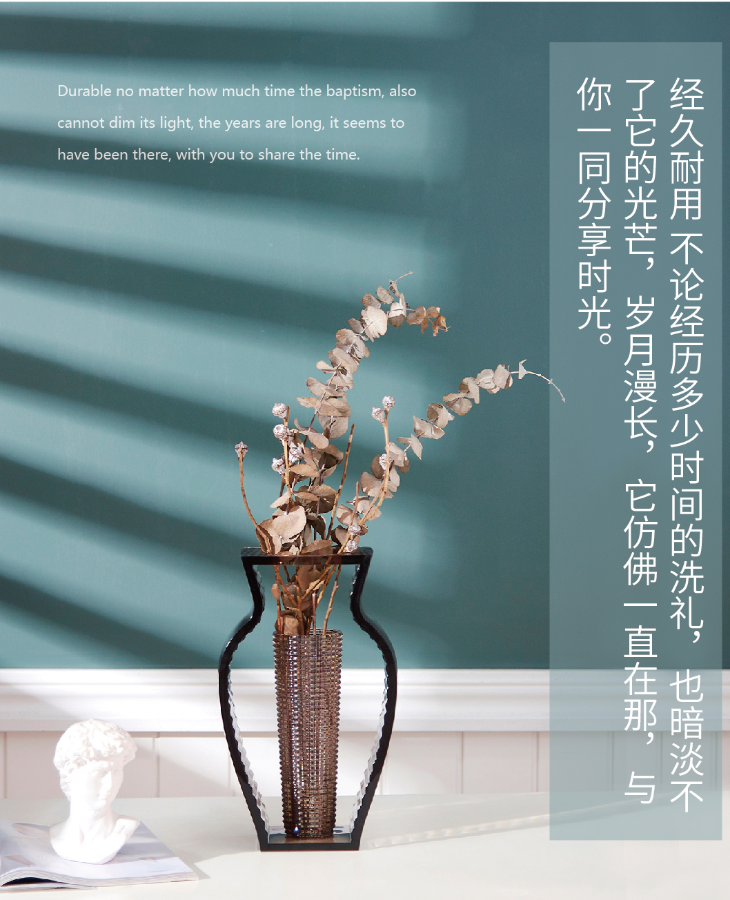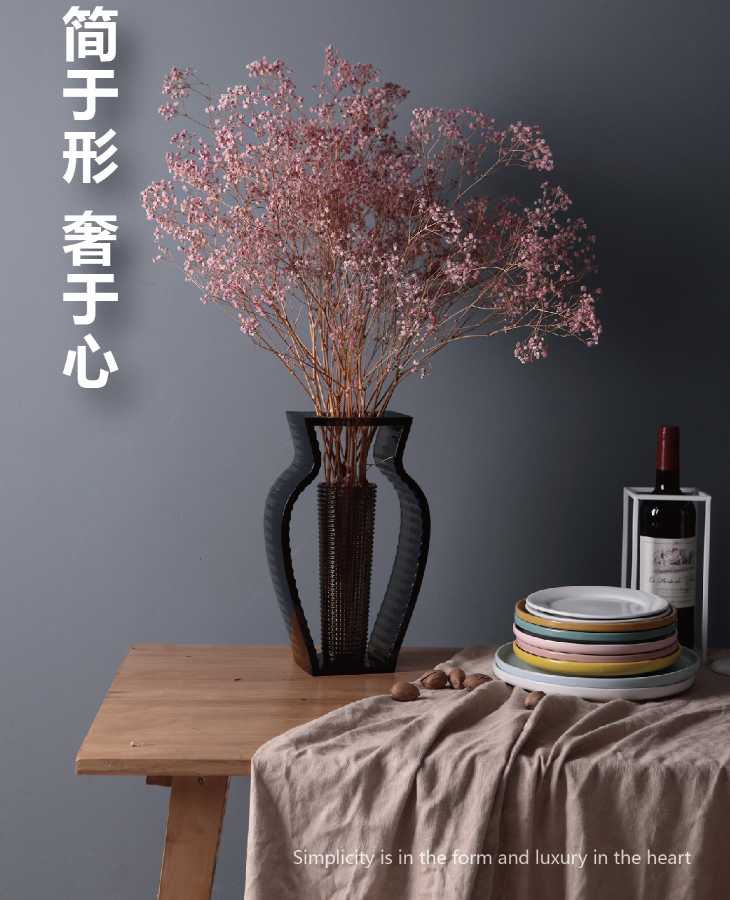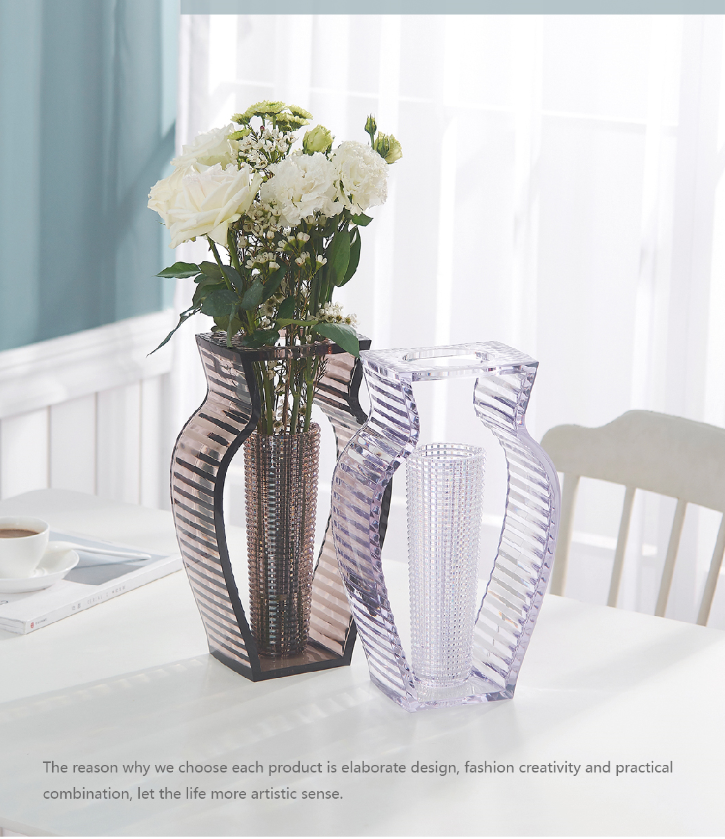This reagent is for research use only: serum or plasma Shanghai Xinran Industrial Co., Ltd. specializes in supplying dextran gel HL-20, interleukin elisa kit, tumor necrosis factor elisa kit, human interleukin antigen B27, cell growth factor reagent Box, providing free proxy testing services to ensure the objective authenticity of the experimental results. Our company guarantees 100% of the quality of the kit. If there are quality problems, we unconditionally return the test principle: The IFN-α kit is a solid-phase sandwich method enzyme-linked immunosorbent assay (ELISA). A standard product with known IFN-α concentration 3. Samples of unknown concentration are added to microwell microplate for detection. First, IFN-α and biotin-labeled antibodies are incubated simultaneously. After washing, HRP labeled with avidin was added. After incubation and washing, the unbound enzyme conjugate is removed, and then substrates A and B are added to act simultaneously with the enzyme conjugate. Produce colors. The color depth is proportional to the concentration of IFN-α in the sample. Safety Avoid direct contact with the stop solution and substrates A and B. Once exposed to these liquids, rinse with water as soon as possible. Do not eat, drink, smoke or use cosmetics during the experiment. Do not use your mouth to absorb any ingredients in the kit. Handling precautions Reagents should be stored according to label instructions, and returned to room temperature before use. The sparse standards should be discarded and cannot be stored. The slats not used in the experiment should be immediately returned to the packaging bag, sealed and stored to avoid deterioration. Unused other reagents should be packed or covered. Do not mix reagents of different batches. Use before warranty. Use a disposable pipette tip to avoid cross-contamination, and avoid using a sampler with a metal part when drawing the stop solution and substrates A and B. Use a clean plastic container to prepare the washing solution. Mix all components and samples in the kit thoroughly before use. When washing the enzyme-labeled plate, it should be fully patted dry. Do not put the absorbent paper directly into the enzyme-labeled reaction well to absorb water. Substrate A should evaporate to avoid opening the lid for a long time. Substrate B is sensitive to light and avoid prolonged exposure to light. Avoid contact with hands, it is toxic. The OD value should be read immediately after the experiment is completed. The order of adding reagents should be the same to ensure that all wells are incubated for the same time. Perform the incubation operation according to the time, the amount and order of the liquid indicated in the instructions. Sample collection, processing and storage methods Serum-avoid any cell stimulation during the operation. Use test tubes free of pyrogens and endotoxins. After collecting blood, centrifuge at 1000 × g for 10 minutes to separate the serum and red blood cells quickly and carefully. Plasma ----- EDTA, citrate, heparin plasma can be used for detection. Centrifuge at 1000 × g for 30 minutes to remove particles. The cell supernatant was centrifuged at 1000 × g for 10 minutes to remove particles and polymers. Storage ------ If the sample is not used immediately, it should be divided into small parts and stored at -70 ℃ to avoid repeated freezing. If possible, do not use hemolysis or hyperlipidemia. If there are a large number of particles in the serum, centrifuge or filter before testing. Do not thaw at 37 ° C or higher. Thaw at room temperature and ensure that the sample is thawed evenly and adequately. Before use, mix all reagents thoroughly. Don't make the liquid generate a lot of foam, so as to avoid adding a large number of bubbles during sample addition, which will cause errors in sample addition. The number of slats required is determined by the number of samples to be tested plus the number of standard products. It is recommended to make multiple holes for each standard and blank hole. Each sample is determined according to its own quantity, and those that can use multiple holes can be used as much as possible. Add 50ul of the diluted standard to the reaction well and 50ul of the sample to be tested in the reaction well. Immediately add 50ul of biotin-labeled antibody. Cover the membrane plate, gently shake and mix, and incubate at 37 ° C for 1 hour. Shake off the liquid in the wells, fill each well with washing liquid, shake for 30 seconds, shake off the washing liquid, pat dry with absorbent paper. Repeat this operation 3 times. If washing with a plate washer, the number of washes is increased once. Add 80 ul of streptavidin-HRP to each well, gently shake and mix, and incubate at 37 ° C for 30 minutes. Shake off the liquid in the wells, fill each well with washing liquid, shake for 30 seconds, shake off the washing liquid, pat dry with absorbent paper. Repeat this operation 3 times. If washing with a plate washer, the number of washes is increased once. Add 50ul of substrate A and B to each well, mix gently by shaking, and incubate at 37 ° C for 10 minutes. Avoid light. Remove the enzyme labeling plate and quickly add 50ul of stop solution. After adding the stop solution, the results should be measured immediately. The OD value of each well was measured at a wavelength of 450 nm. The results of standard No. 6 and above are non-linear, and accurate results cannot be obtained based on this standard curve. Kit performance 1. Sensitivity: The minimum detection concentration is less than No. 1 standard. Linearity of dilution. The correlation coefficient between the linear regression of the sample and the expected concentration is 0.990. 2. Specificity: Does not react with other cytokines. 3. Repeatability: The coefficients of variation within and between plates are less than 10%. Judgment and analysis of results 1. Instrument value: read the OD value of each well on a microplate reader with a wavelength of 450 nm. 2. Take the absorbance OD value as the ordinate (Y), and the corresponding IFN-α standard concentration as the abscissa (X ), The corresponding curve is made, and the IFN-α content of the sample can be converted from the standard curve to the corresponding concentration according to its OD value. 3. Detection range: 0-800 pg / ml 4. Sensitivity: 1.0 pg / ml NCoR1 (Nuclear receptor corepressor 1) 0.2% NCoR2 (Nuclear receptor corepressor 2) 0.2% NCoR2 (Nuclear receptor corepressor 2) antibody 0.2 mlNEP / MME (Membrane metallo-endopeptidase) metal endopeptidase antibody 0.2ml NDRG1 / Cap43 (N-myc downstream regulated gene 1) differentiation-related gene NDRG1 antibody 0.2ml Goat anti-rat IgG / APC fluorescein APC labeled goat anti-rat IgG 0.1ml Goat anti-rat IgM / APC fluorescein APC labeled goat anti-rat IgM 0.1ml Goat anti-Guinea IgG / APC fluorescein APC goat anti-guinea pig IgG 0.1ml mlNDRG4 (N-myc downstream regulated gene 4) Anti-tumor gene NDRG4 antibody 0.2mlNCX1 (Na + / Ca2 + exchanger1) Sodium calcium exchange protein 1 antibody 0.2mlNCX2 / SLC8A2 (carrier family 8 (sodium / calcium exchanger), member 2) Sodium calcium exchange Protein 2 antibody 0.2ml Nebulin with actin antibody 0.2ml NCX3 (Na + / Ca2 + exchanger 3) Sodium calcium exchange protein 3 antibody 0.2ml Mycoplasma Gallisepticum anti-M. Gallisepticum MG antibody 0.2ml Nephrin Phenylephrine antibody 0.1ml Nephrin Phenylephrine antibody 0.2ml Rabbit anti-MK IgG / PE Fluorescein PE labeled rabbit anti-monkey IgG 0.1ml Rabbit anti-MK IgM / PE Fluorescein PE labeled rabbit anti-monkey IgM 0.1ml Rabbit anti-pig IgG / PE Fluorescein PE labeled rabbit anti-pig IgG 0.1ml




Plastic Vase,Decorative Home Vase,Imitation Crystal Art Vase,Thicken The Broken Vase
Taizhou Baiying Commdity Co., Ltd , https://www.baiyingplastics.com